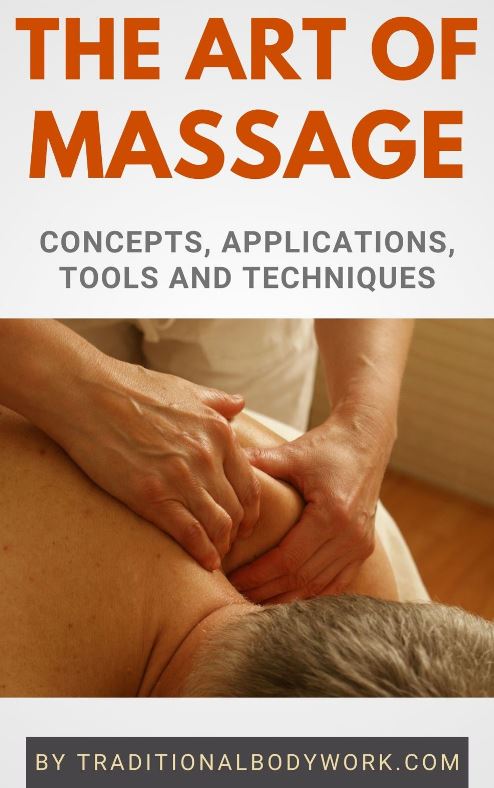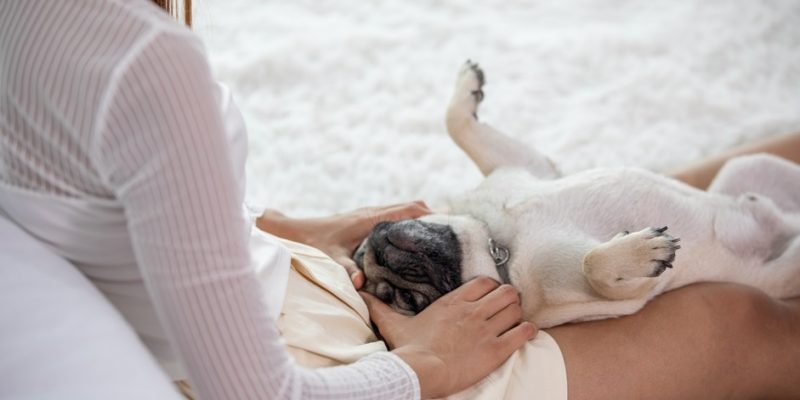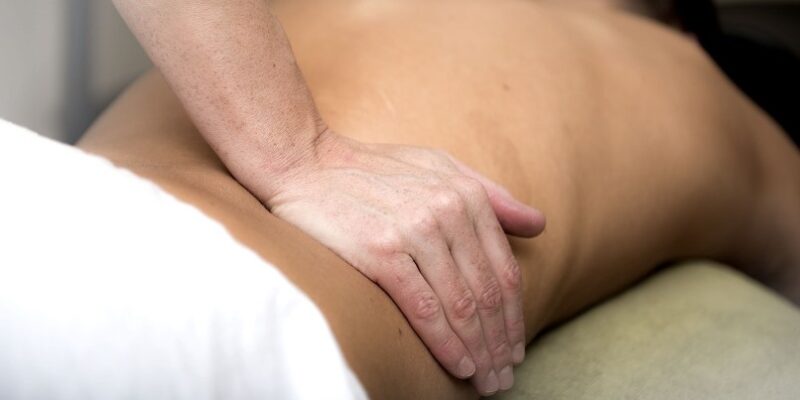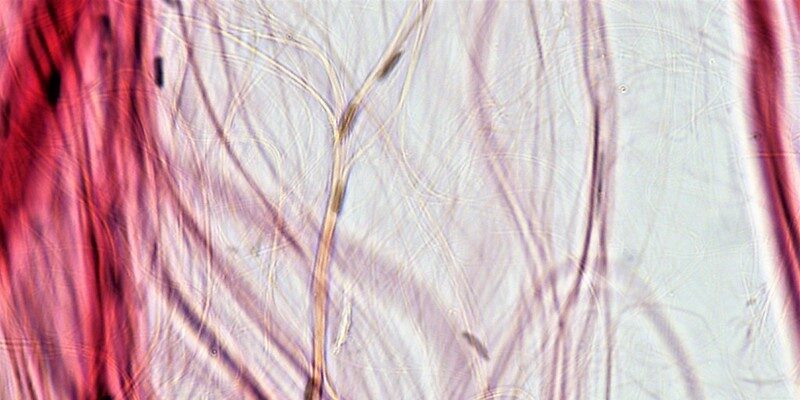
Massage therapy for horses is more commonly known as Equine Massage. The word equine means “of, relating to, or resembling a horse or the horse family,” (adjective) or “a horse or other member of the horse family” (noun).

Equine Massage is a growing practice in the field of complimentary therapies and treatments for horses, one that started to make its mark in the 1990s. It’s used to prepare horses for sports events (such as for races, dressage, and show jumping), as regular health maintenance (to loosen tight muscles, joints, and tendons), as trauma, surgery and injury rehabilitation, and more in general to increase blood and lymphatic circulation, stimulate elimination of waste products, improve range of motion, reduce pains, anxiety and stress, and to promote overall wellbeing.
However, do mind that Equine Massage is not considered a substitute for veterinary care. Typically, the Equine Massage practitioner will work closely together with the horse owner, the veterinarian, chiropractor, equine physiotherapist, the farrier, and other horse-care professionals involved to offer integrated and holistic care to the horse at hand.
A Horse Massage therapist may use a range of massage modalities to treat a horse. Think of modalities such as Classic Massage (Swedish Massage), Acupressure, Shiatsu Therapy, Stress Point Therapy, Trigger Point Therapy, stretching, Sports Massage, Manual Lymphatic Drainage, Myofascial Release techniques, and joint mobilization. Typically, a therapist will use their hands, fingers, and elbows to give a massage, but also other tools, such as tennis balls, rollers, brushes, and vibrating devices.

Apart from massage therapy treatments, horses also increasingly receive other types of bodywork and alternative therapies, which include treatments such as Acupuncture, Aromatherapy, Chiropractic, Reiki, Cold Laser Therapy, the Masterson Method®, and the Tellington TTouch®, to give some examples.
Nevertheless, massage and bodywork for horses should be avoided in certain situations, such as when a horse has tumors, lacerations, open wounds, swellings, unhealed scar tissue, infections, shock, skin conditions, or contusions, among others. In fact, most of the massage precautions and contraindications for horses are the same as when working with people.
Additionally, depending on the country or state within a country, there may be laws and regulations with respect to Equine Massage. For instance, in some places one needs a referral or even supervision from a veterinarian before one can apply a massage, and in other places one needs specific Equine Massage certifications.













